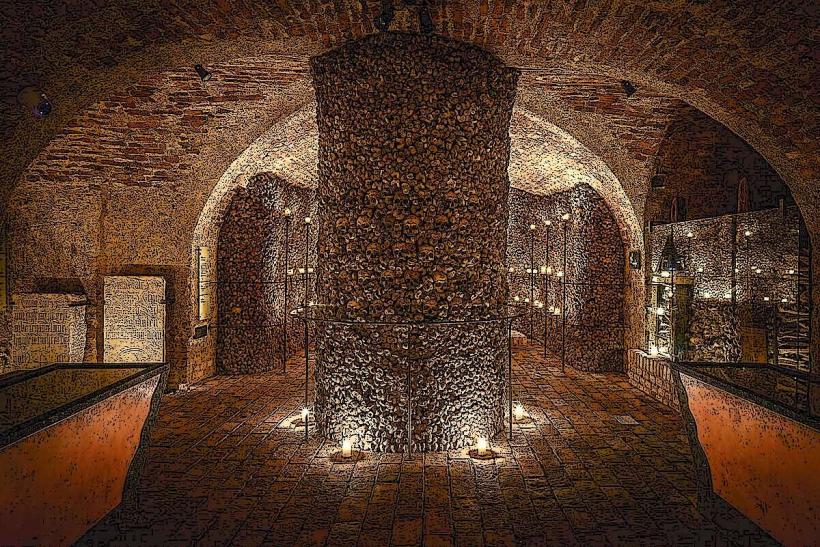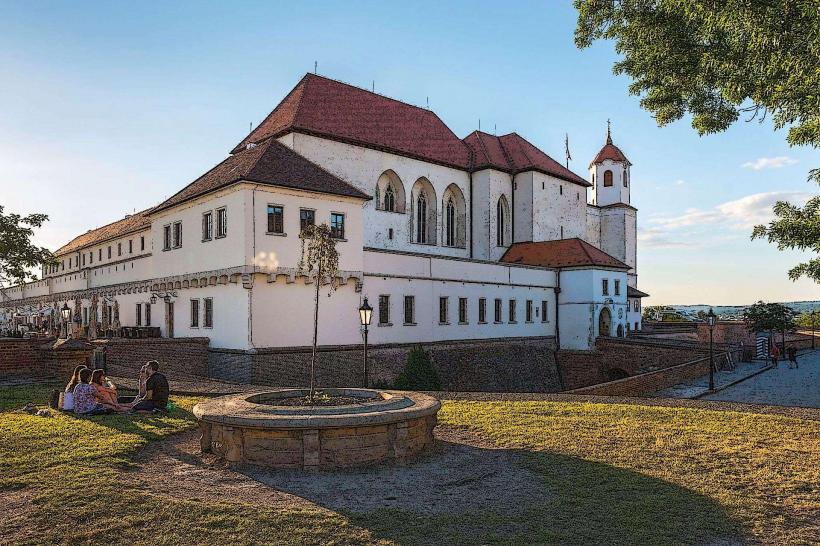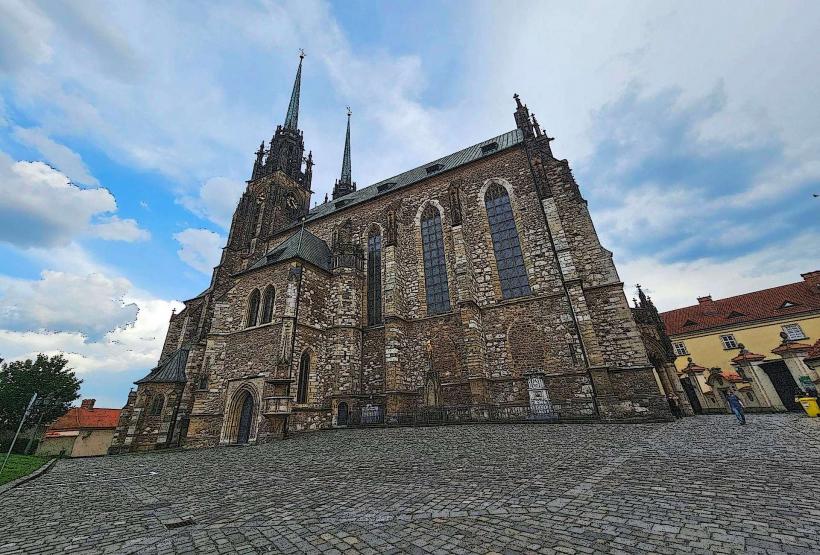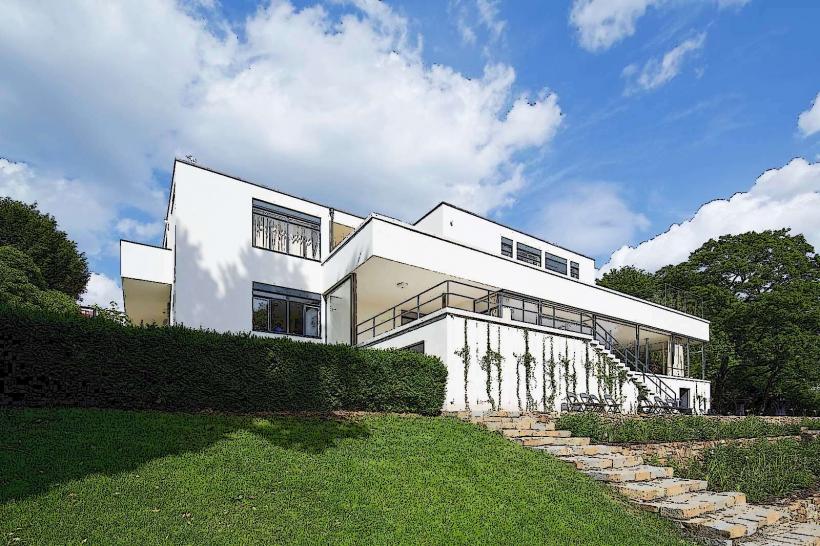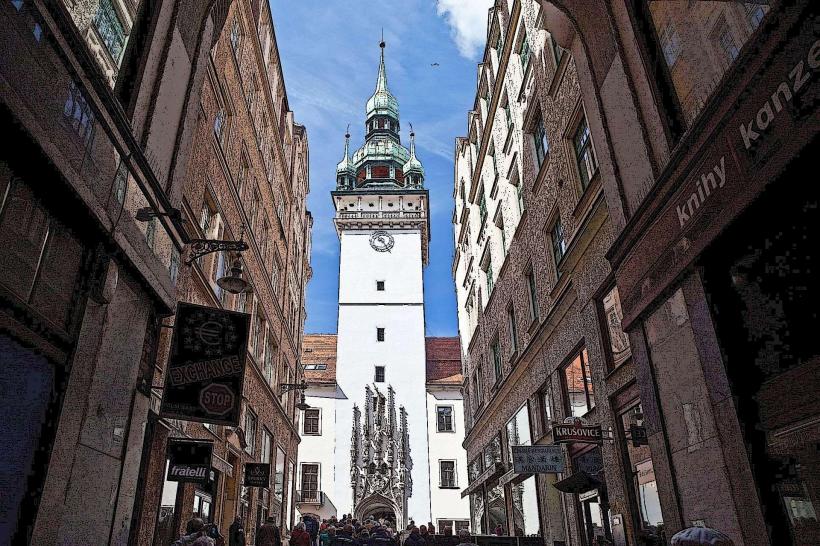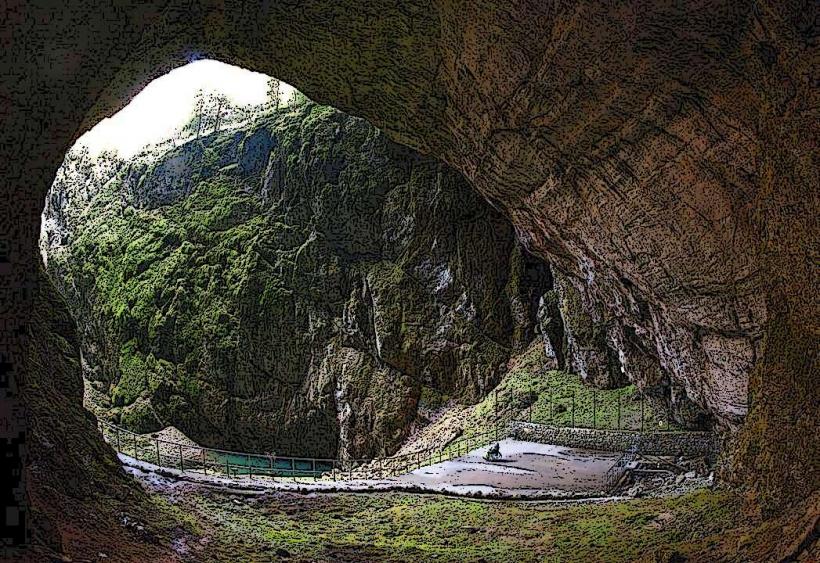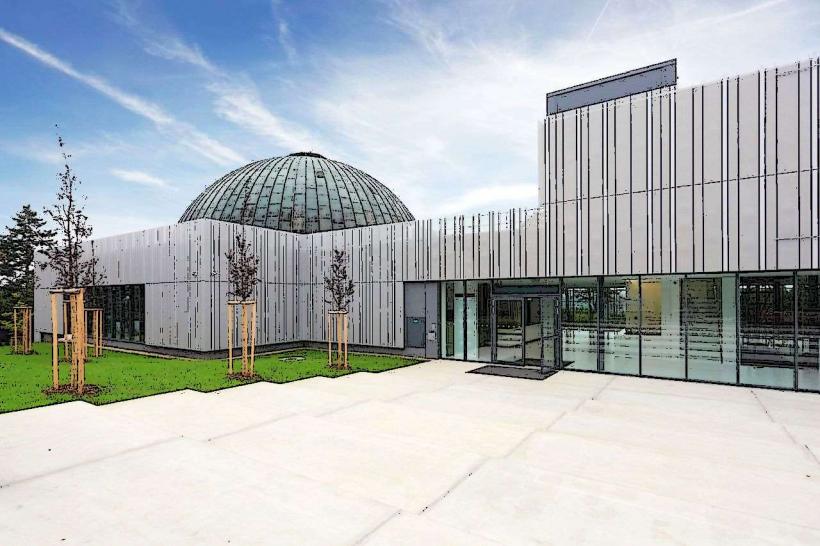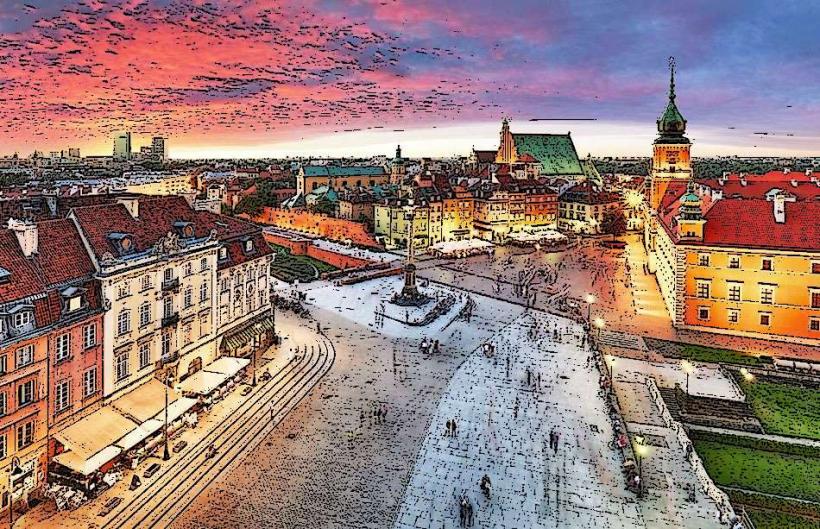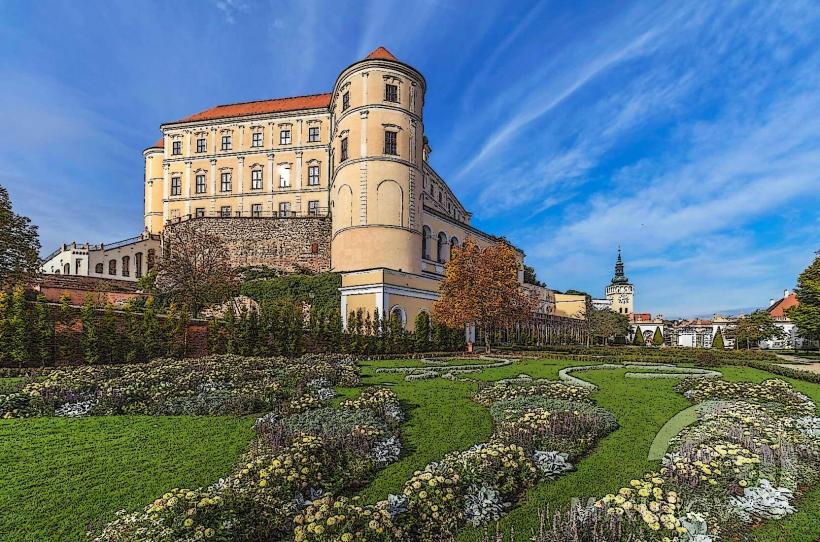Information
Landmark: Lednice–Valtice Cultural LandscapeCity: Brno
Country: Czech Republic
Continent: Europe
Lednice–Valtice Cultural Landscape – Detailed Overview
The Lednice–Valtice Cultural Landscape is a vast and historically significant area located in the southeastern Czech Republic, specifically in the South Moravian Region. It is recognized as a UNESCO World Heritage Site, designated in 1996 for its outstanding cultural and natural significance. The landscape is famed for its unique synthesis of man-made structures and natural features, created by centuries of human activity, especially under the reign of the Lobkowicz family.
The region is home to two major castles — Lednice and Valtice — as well as numerous palaces, pavilions, churches, and gardens scattered across the countryside. The cultural landscape is designed to integrate with the natural environment, creating a picturesque and harmonious area that reflects the power, influence, and wealth of the noble families who shaped it.
Location
- Region: South Moravia
- Proximity:
- Located near the town of Břeclav.
- Distance from Brno: Approximately 60 kilometers south.
- Coordinates: 48.8047° N, 16.7791° E
Historical Background
Origins and Development:
- The Lednice–Valtice Cultural Landscape was primarily developed from the 16th to the 19th centuries, particularly under the Lobkowicz family who owned the estates. Their vision for the area was to create an extraordinary landscape that would showcase their wealth and power.
- Initially, the area was a hunting ground for the family, but over time, it evolved into a magnificent parkland with numerous structures meant to enhance the natural beauty and symbolically reflect the family’s status.
Lednice Castle:
- The Lednice Castle, which serves as the centerpiece of the landscape, was originally built in the 16th century in the Renaissance style, though it was significantly expanded and transformed in the 19th century into a neo-Gothic palace.
- Lednice Castle is renowned for its elegant architecture and the extensive gardens surrounding it. The castle park features artificial lakes, canals, and grottos that blend seamlessly with the natural landscape.
- The Lednice estate was designed to mimic an English-style landscape park, and it includes pavilions, greenhouses, and an orangery, making it a prime example of the 19th-century aristocratic ideal of creating an aesthetic environment that combines nature with artifice.
Valtice Castle:
- Valtice Castle, located about 10 kilometers to the south of Lednice, is another key element of the cultural landscape. It was originally constructed as a fortress in the 13th century and underwent significant reconstruction during the 18th century under the guidance of the Lobkowicz family.
- The castle features Baroque architecture, with extensive gardens, statues, and fountains. It is particularly well known for its wine cellars and its role in the wine-making tradition of the region.
The Landscape as a Unified Concept:
- The Lednice-Valtice complex is notable for its cohesive landscape design, which incorporates a combination of artificial structures (castles, pavilions, temples) and natural features (forests, lakes, and rivers). The entire area was created to function as a "landscape garden", a style popular in Europe during the 18th and 19th centuries, which aimed to blend the natural and the architectural in a picturesque and harmonious way.
- The landscape includes artificial lakes, canals, and numerous pavilions, each serving both aesthetic and practical purposes, such as viewpoints, grottoes, and hunting lodges.
Notable Features of the Landscape
Lednice Castle and Park:
- Neo-Gothic Castle: The Lednice Castle features stunning neo-Gothic architecture, with a Tudor-style façade, intricate towers, and large windows. The interiors boast historical furnishings, art collections, and period rooms.
- Castle Gardens and Park: The extensive grounds surrounding the castle are home to a variety of botanical gardens, including manicured lawns, tree-lined avenues, and exotic plants from across the world. The Janohrad Pavilion, Minaret, and Temple of Diana are key highlights of the park.
- Lednice Lake: The artificial lake that runs through the grounds is a central feature of the park. The lake is flanked by scenic walkways and is used for boating and leisure.
Valtice Castle and Gardens:
- Baroque Castle: The Valtice Castle is a striking Baroque structure with grand staircases, frescoed ceilings, and expansive gardens. The castle is noted for its wine-making tradition and its underground wine cellars, which are among the best-preserved in Europe.
- Valtice Gardens: The Baroque gardens surrounding the castle feature fountains, statues, and well-maintained green spaces. The gardens are a prime example of formal European garden design from the 18th century.
- Wine Tradition: The Valtice region is renowned for its vineyards and wine production. The Valtice Wine Festival celebrates this heritage every year.
Minaret in Lednice Park:
- One of the most distinctive features of the Lednice estate is the Minaret, an exotic Islamic-style tower built in the 19th century. It stands 60 meters tall and offers panoramic views of the surrounding landscape.
Chateau Rájec-Jestřebí:
- Located near the Lednice–Valtice Cultural Landscape, Chateau Rájec-Jestřebí is another aristocratic estate that showcases the region’s rich architectural and natural beauty. It is less well-known than Lednice and Valtice but is a significant part of the landscape.
Temple of Diana:
- A neoclassical structure built on a hill near the Lednice Castle, the Temple of Diana is a place of historical and scenic importance. It is a viewpoint offering stunning views of the surrounding area, and it is one of the key features of the Lednice estate’s park.
Valtice–Lednice Canal:
- The Lednice–Valtice Canal runs through the area, adding to the overall beauty of the cultural landscape. It is a historic waterway that connects several of the estates and was originally designed for irrigation and transport purposes.
Janohrad Pavilion:
- Located on the Lednice estate, the Janohrad Pavilion is a small castle-like structure designed to resemble a medieval ruin. It was built in the 19th century as part of the landscape design and is one of the more whimsical features of the area.
Hunting Lodge of Pohansko:
- Pohansko is an ancient archaeological site, once a Celtic settlement and later a Roman military camp. The Pohansko Hunting Lodge sits nearby and is an important part of the Lednice–Valtice complex.
Visitor Experience
Guided Tours:
- Visitors to the Lednice–Valtice Cultural Landscape can take guided tours of the Lednice Castle, Valtice Castle, and other historical structures. The tours provide insight into the history, architecture, and design principles that shaped the landscape.
Cycling and Walking:
- The area is ideal for cycling and walking tours, with well-maintained trails connecting the main attractions. The paths wind through the gardens, parks, and forests, allowing visitors to explore the landscape at their own pace.
Boat Rides:
- Visitors can take boat rides on the Lednice Lake or the Valtice Canal, offering unique views of the estates and the surrounding countryside.
Wine Tasting:
- Since the area is famous for its wine production, visitors can participate in wine tastings at Valtice, enjoying some of the finest wines from the region.
Seasonal Events:
- The Lednice–Valtice Cultural Landscape hosts various cultural events, including festivals, concerts, and historical reenactments that bring the region’s history to life.
Conclusion
The Lednice–Valtice Cultural Landscape is a remarkable fusion of nature, architecture, and human ingenuity, reflecting centuries of aristocratic influence in the Czech Republic. It stands as one of the most unique cultural landscapes in Europe, offering visitors a chance to explore historical castles, beautiful gardens, and breathtaking views, while also delving into the region’s wine-making traditions and artistic heritage. Whether you are exploring the Baroque architecture of Valtice, the neo-Gothic design of Lednice, or enjoying a leisurely walk through the landscape parks, the Lednice–Valtice complex offers a rich and immersive experience for history and culture enthusiasts.

